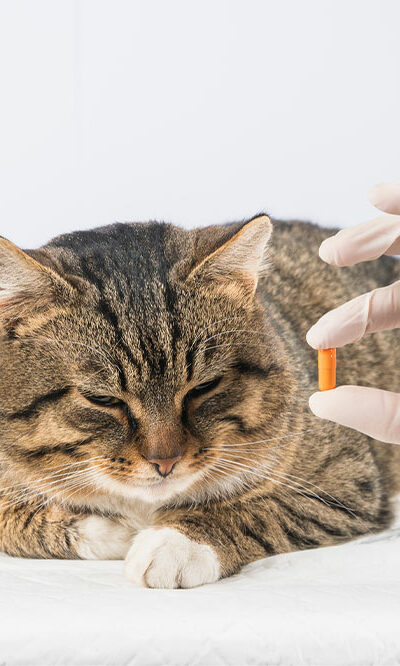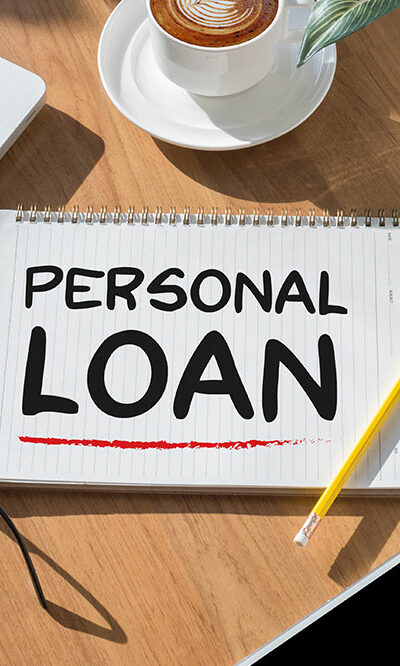
9 Warning Signs Indicating a Cat is Unwell
Taking proper care of pets is a big responsibility. It does not stop with simply giving them the best foods, toys, and creature comforts. You must also pay attention to the obvious signs that indicate your cat is sick or experiencing any discomfort that needs immediate attention. As a responsible pet parent, doing the right thing at the right time and promptly addressing the pet’s distress is important. Here are nine signs that you should never ignore: Changes in your pet’s appetite If your cat is suddenly eating more or has abruptly stopped eating, it is likely experiencing many digestive problems. Even pets have conditions like hyperthyroidism, intestinal parasites, or diabetes that trigger a sudden increase in food consumption. On the other hand, gastrointestinal diseases trigger nausea, food aversion, and fever, leading to a complete dip in consumption. Often, these changes are coupled with excessive water consumption due to the potential symptoms of these conditions that flare up. Changes in physical appearance Cats love to groom themselves; it is one of the most consistent habits among felines. However, if your cat has stopped doing things like licking their fur clean or tidying up in the litter box after doing their business, it could be due to underlying health issues. Excessive matting of the fur and appearing dirty are signs that the cat neglects its hygiene. There is also the case of overgrooming, which happens when cats lick away excess fur in a particular region. Topical skin or painful diseases trigger their self-soothing mechanism of licking to provide comfort. If you notice these abrupt changes in their appearance, it’s best to consult a veterinarian, as these are the first signs your cat is sick. Sudden nausea, vomiting, or diarrhea If your cat feels nauseated or vomits several times throughout the day, it is a severe sign of internal discomfort caused by known disorders.










